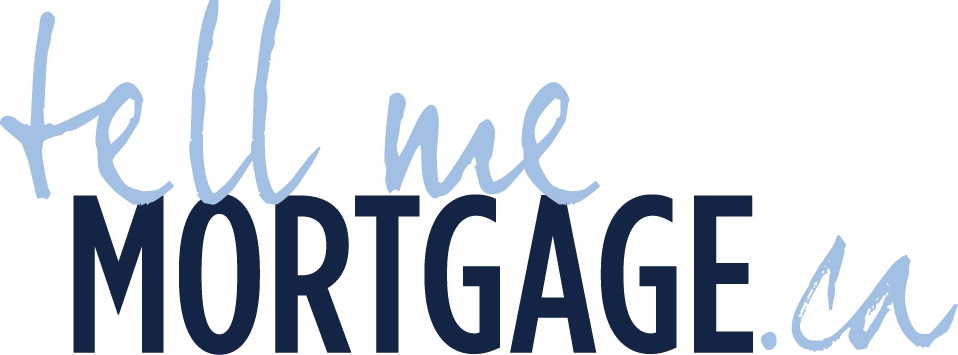MORTGAGE QUALIFICATION CHANGES
New housing policies are coming into effect and leaving many Canadians unclear about how their finances have been affected. This FAQ article will focus primarily on Low Ratio Mortgage Loans – mortgages with 20% or more equity or down payment (Click here for High Ratio article).
Here’s what you’ll learn:
- Review of Regulations Prior to November 30, 2016
- How the Changes Affect You
- What to Expect After November 30, 2016
- What’s the deal with Bulk Insured Mortgages
- Key Mortgage Terms
- Downloadable 1 Sheet FAQ
Outlined below is a very clear and concise summation of how you have been affected, but in order to understand the new rules it’s important to understand the previous rules.
REGULATIONS PRIOR TO NOVEMBER 30, 2016
| A fixed rate mortgage loan with a 5 Year Term was not subject to the Benchmark Rate (also known as Mortgage Qualifying Rate). | Mortgage loans with terms of 4 years or less, and/or variable rate mortgages, were subject to the Benchmark Rate as established by the Bank of Canada. |
HOW DO THE CHANGES AFFECT YOU?
| High Ratio Mortgages | Low Ratio Mortgages |
|---|---|
| For home buyers with less than 20% down payment, mortgage qualification will be based on the Mortgage Qualifying Rate to stress test borrowers. | Until November 30th, 2016 all remains the same for home buyers with a down payment of 20% or more as outlined in the PREVIOUS RULES PRIOR TO NOVEMBER 30, 2016 above. |
WHAT TO EXPECT AFTER NOVEMBER 30, 2016
| The stress test will be applied to borrowers seeking mortgages from lenders that use Bulk Insurance on their loans. | Lenders who do not Bulk Insure their loans will continue to use the Contract Rate for 5-year fixed rate terms to calculate the maximum home price for which a borrower qualifies. |
What is the deal with Bulk Insured Loans?
Regulations for Lenders seeking Bulk Insurance on their loans are also changing. Below we explain the main points.
| Regulation | Explanation |
|---|---|
| A loan whose purpose includes the purchase of a property or subsequent renewal of such loan | No more refinances are available. Only mortgage loans for purchases and renewals can qualify for bulk insurance. |
| A maximum amortization length of 25 years | Loan payments will be based over a 25-year time frame |
| A property value below $1,000,000 | Maximum property value is capped at $1,000,000 |
| If the property is a single unit, it will be owner-occupied. | Borrowers looking to mortgage properties deemed as single units (i.e. townhome, home, condominium, etc.) must be living in the property. Borrowers looking to mortgage rental properties may do so up to a maximum of 4 units within a single property, and the borrower must “occupy” one of these units. For greater clarity, the property must be 1 single entity that may contain up to 4 units (i.e. quadplex). |
TALK TO YOUR MORTGAGE BROKER TODAY
There are a number of smaller nuances within the technical requirements of these new mortgage policies impacting bulk insured conventional mortgage loans. As such, it is an arduous and daunting task for borrowers to determine which lenders are bulk insuring their loans from those that do not.
However, mortgage brokers have this ability and are incredible resources for moving borrowers through a mortgage process comfortably and seamlessly.
The value of a mortgage broker will become measurably magnified come December 1st, 2016.
KEY MORTGAGE TERMS
HIGH RATIO MORTGAGE
A mortgage in which the borrower has a down payment of less than 20% of the purchase price
LOW RATIO MORTGAGE
A mortgage in which the borrower has a down payment equivalent to 20% or more of the purchase price
MORTGAGE QUALIFYING RATE
Also known as the Benchmark Rate. The Bank of Canada establishes this rate by calculating the average of the 5 Year posted mortgage rates held by all the banks. On average, 2% higher than the rates offered by lenders.
CONTRACT RATE
The rate offered by the lender. The borrower’s actual mortgage payments are based on this rate.
BULK INSURANCE
Also known as Portfolio Insurance. Essentially protects Lender portfolios from defaults, reducing their need for capital, and increasing their opportunity to securitize mortgages. Securitization describes the selling of mortgages as investment vehicles.


